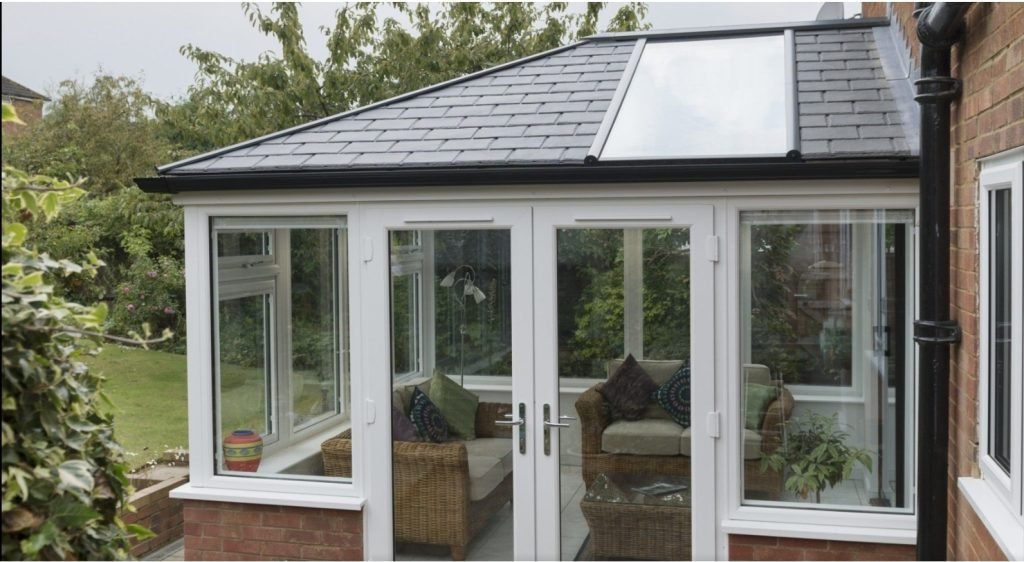
Awnings and canopies are excellent additions to your home or backyard. They can help you use your outdoor space to its maximum potential and create shady areas. However, although they share some similarities, they are actually quite different. Choosing between them is not always easy, since both of them have their benefits. So, how do you decide between an awning and a canopy?
What are the major differences between awnings and canopies?
The most important difference between an awning and a canopy is their design and the location where they are installed. Awnings are usually attached to a wall in order to provide shade over a door or window. Canopies, on the other hand, are fabric coverings that are typically freestanding and are used to provide shade over a specific area, like an outdoor seating space.
An average awning will normally reach up to 20 feet in length, whereas canopies can cover a larger area and reach 21 feet in length. Thus, they are better at covering larger spaces, like a backyard or outdoor area in need of shading. For example, luxaflex awnings are excellent for shading over your small or medium-sized patio, whereas canopies are better for larger spaces.
How to choose between awnings and canopies?
In order to choose between an awning and a canopy, you need to take several factors into account. Functionality, storage, size, and aesthetic appeal are the most important ones.
Functionality
The most important factor to help you choose between an awning and a canopy is by far their functionality. If you wish to provide ample shade to some of your house’s windows or doors, then an awning is the best option. It can be fitted to walls and can be easily retracted if necessary. Awnings provide ultimate versatility, since they allow homeowners to enjoy both the sunshine and shade depending on their preferences.
On the other hand, canopies are better suited for larger spaces, like a lawn or a large backyard. They are typically more difficult to take down, this is why most owners leave them up in the summer and winter.
Storage Options
Awnings (including luxaflex awnings) are attached to the wall, so they are considered permanent solutions. On the other hand, canopies are mostly temporary structures, so you can easily move them around for portable shade. Once you do not wish to use it anymore, you can disassemble it and store it away.
Aesthetic appeal and customization
Both options can be customised to some extent, depending on their material and size. However, awnings provide more opportunities in terms of customisation. For example, if you want to add a special design or brand name to either an awning or canopy, it is much easier to do so on an awning.
Overall, awnings and canopies can truly serve their purpose. The final choice should be determined based on your preferences, and needs. If you feel like you will benefit more from a permanent structure, then you should probably opt for an awning. If however, you prefer a more portable solution, you could think about opting for a canopy.

